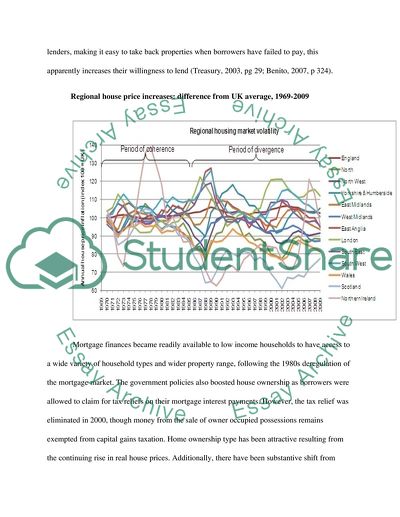Cite this document
(“In England, the share of households who are home-owners has fallen in Essay”, n.d.)
In England, the share of households who are home-owners has fallen in Essay. Retrieved from https://studentshare.org/miscellaneous/1613223-in-england-the-share-of-households-who-are-home-owners-has-fallen-in-recent-years-putting-pressure-on-the-social-and-private-rental-sectors-ibriefly-describe-the-changes-in-tenure-shares-and-key-housing-market-indicators-over-the-past-few-decades-20
In England, the share of households who are home-owners has fallen in Essay. Retrieved from https://studentshare.org/miscellaneous/1613223-in-england-the-share-of-households-who-are-home-owners-has-fallen-in-recent-years-putting-pressure-on-the-social-and-private-rental-sectors-ibriefly-describe-the-changes-in-tenure-shares-and-key-housing-market-indicators-over-the-past-few-decades-20
(In England, the Share of Households Who Are Home-Owners Has Fallen in Essay)
In England, the Share of Households Who Are Home-Owners Has Fallen in Essay. https://studentshare.org/miscellaneous/1613223-in-england-the-share-of-households-who-are-home-owners-has-fallen-in-recent-years-putting-pressure-on-the-social-and-private-rental-sectors-ibriefly-describe-the-changes-in-tenure-shares-and-key-housing-market-indicators-over-the-past-few-decades-20.
In England, the Share of Households Who Are Home-Owners Has Fallen in Essay. https://studentshare.org/miscellaneous/1613223-in-england-the-share-of-households-who-are-home-owners-has-fallen-in-recent-years-putting-pressure-on-the-social-and-private-rental-sectors-ibriefly-describe-the-changes-in-tenure-shares-and-key-housing-market-indicators-over-the-past-few-decades-20.
“In England, the Share of Households Who Are Home-Owners Has Fallen in Essay”, n.d. https://studentshare.org/miscellaneous/1613223-in-england-the-share-of-households-who-are-home-owners-has-fallen-in-recent-years-putting-pressure-on-the-social-and-private-rental-sectors-ibriefly-describe-the-changes-in-tenure-shares-and-key-housing-market-indicators-over-the-past-few-decades-20.


